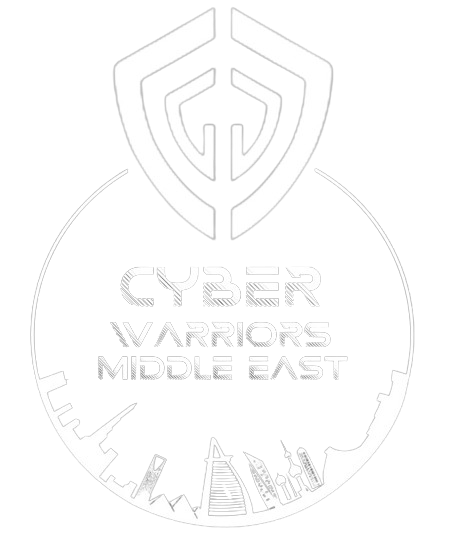Maximizing Security: Steps for Comprehensive Security Programming Assessment and Improvement in Higher Education Settings
Comprehensive security programming within an organization requires a continuous cycle of assessment, planning, and improvement to address emerging risks and sustain a proactive security posture. This process is especially crucial in higher education environments where the safety and security of students, faculty, and staff are of utmost importance.
Despite the obvious need for regular assessment, many higher education institutions only assess their security programs sporadically, often in reaction to a security incident. To address this issue, security leaders must take a comprehensive approach to reviewing past incidents, updating policies and procedures, maintaining physical security assets, and realigning responsibilities within the organization.
To streamline the assessment process, security professionals can follow a three-step methodology. The first step involves conducting a wide-ranging assessment that includes surveys, interviews, reviews of emergency plans, and analysis of incident reports. The second step is to organize the findings into a coherent list that highlights areas of improvement. Finally, the third step is to prioritize recommendations for mitigating identified risks and improving the security program.
By following this methodology, organizations can better plan and inform improvements to their security programming, ensuring a more proactive security posture when the fall term begins. In a constantly changing environment, it is essential for organizations to continually evolve their security programs to meet the needs and expectations of their community members.
Establishing an annual assessment and planning process over the summer is an effective way to maintain a comprehensive security program that is prepared to address emerging risks and challenges. By taking a proactive approach to security programming, organizations can create a safer and more secure environment for all stakeholders.

